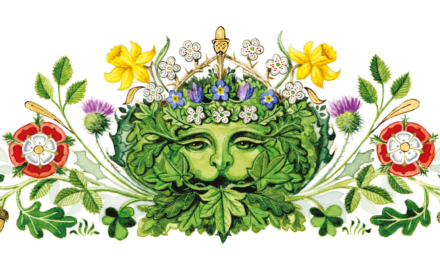Scotland’s demographic landscape has evolved, with the National Records of Scotland (NRS) releasing the first wave of results from Scotland’s 2022 Census. The data, unveiled today, showcases Scotland’s population soaring to an unprecedented 5,436,600 individuals on Census Day 2022.
This remarkable milestone marks the highest population ever recorded by Scotland’s Census, and it forms the cornerstone of the inaugural statistical revelations stemming from the 2022 census. Over the past decade, Scotland has seen a population increase of 141,200 individuals, marking a growth rate of 2.7%. While this pace is slower compared to the 4.6% surge witnessed between 2001 and 2011 when the population swelled by 233,400, it is noteworthy that, without migration, Scotland’s population would have seen a decline of approximately 49,800 since 2011.
In contrast, the other UK censuses reported more robust population growth rates than Scotland. England and Wales witnessed a 6.3% upsurge, while Northern Ireland recorded a 5.1% increase in population between 2011 and 2021.
A closer examination of the data reveals a significant demographic shift in Scotland, characterised by an ageing population. The census reveals that over one million individuals, precisely 1,091,000, are aged 65 and over, surpassing the count of individuals under 15, which stands at 832,300. This represents a striking 22.5% increase in the number of individuals in older age groups (65 and above) since 2011. To provide context, the 1971 census indicated that there were twice as many individuals under 15 as those aged 65 and above. By 2011, these two age groups had nearly reached parity.
On Census Day, Scotland hosted 2,509,300 households with at least one usual resident, reflecting a notable surge of 136,500 households or 5.8% since the 2011 census. This upswing in household numbers surpasses the growth rate of the population itself (2.7%). The data underscores a related trend towards smaller households and an overall increase in the number of households, a pattern particularly pronounced among older individuals who are more likely to reside alone or in smaller households.
Commenting on these pivotal findings, NRS Chief Executive Janet Egdell stated,
This is an exciting milestone for Scotland’s Census, and the results paint a fascinating picture of how Scotland and our communities are changing. Census data is vital for planning health services, education, and transport, and the information published through our results will help local and central government, businesses, and charities to shape Scotland for years to come.
Jane Egdell, NRS Chief Executive
A regional analysis reveals that the population increased in 17 council areas between 2011 and 2022, with 10 areas experiencing decreases and 5 showing minimal changes. Notably, many council areas in the Central Belt, particularly those around Edinburgh, witnessed substantial population growth, largely fuelled by migration from within Scotland and abroad.
The NRS has plans to release further results from Scotland’s Census 2022, commencing in spring 2024. In summer 2024, a series of in-depth data reports will offer fresh and distinctive insights into Scotland’s population characteristics. These reports will delve into areas such as ethnicity, religion, the labour market, education, and housing. For the first time, the reports will also encompass data on armed forces veterans, sexual orientation, and trans status or history.
For more than two centuries, Scotland has relied on the invaluable data sourced from the census, making it the foremost means of gathering vital information about the Scottish populace—a resource indispensable for data users across the public, private, and third sectors.




